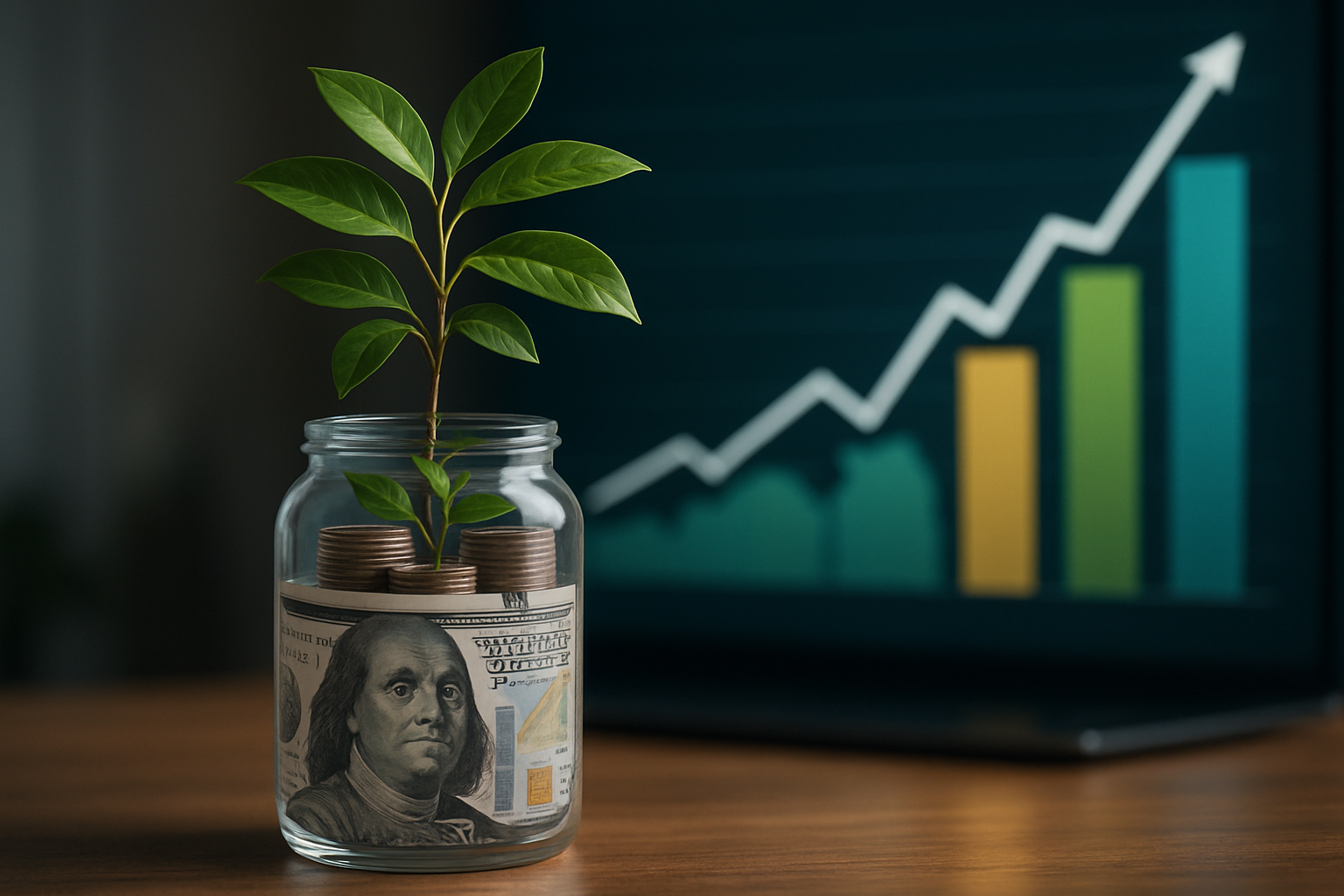The Potential of Impact Investing
Have you ever wondered if your investments could make not only a monetary return but also a social or environmental impact? Welcome to the world of impact investing. Impact investing is an investment strategy that seeks to generate both financial returns and positive social or environmental impacts. It is not a new concept, but it has gained significant momentum in recent years due to an increased interest in sustainable practices.

The roots of impact investing can be traced back to the socially responsible investment (SRI) movement in the 1960s. However, it was only in 2007 that the term “impact investing” was coined at a meeting of the Rockefeller Foundation. Ever since, the field has grown exponentially, and it continues to evolve, with new approaches and instruments being developed.
The Current Landscape of Impact Investing
Today, impact investing is a multi-billion dollar industry, and it’s expected to grow even more. According to the Global Impact Investing Network (GIIN), the market size of impact investing reached $715 billion in 2020, marking a significant increase from previous years.
This growth has been driven by various factors such as increasing awareness of environmental issues, the desire for more ethical investment options, and the recognition that businesses can play a crucial role in addressing social and environmental challenges.
Decoding the Impact
Impact investing is not just about making a positive impact. It’s also about measuring that impact. This is where impact metrics come in. These are the tools that investors use to measure and report the social and environmental impacts of their investments, along with their financial returns.
Measuring impact is not an easy task, and there are various methodologies and tools available. Some of the most commonly used ones include the Impact Reporting and Investment Standards (IRIS), the Social Return on Investment (SROI), and the Global Impact Investing Rating System (GIIRS).
Risks and Rewards
Like any other investment, impact investments come with their own set of risks and rewards. The risk factors can include market volatility, economic downturns, and policy changes. However, they also offer unique rewards, which go beyond monetary returns to include social and environmental impacts.
The real-world application of impact investing can be seen in various sectors, including clean energy, sustainable agriculture, affordable housing, and healthcare. For example, an impact investor might invest in a company that manufactures solar panels, with the aim of both earning a return and promoting clean energy.
Practical Insights for Impact Investing
-
Start with a clear intention: Define what you want to achieve with your impact investment. This could be a specific social or environmental outcome.
-
Understand the risks: As with any investment, it’s crucial to understand the risks involved. This includes both financial risks and impact risks.
-
Measure your impact: Use impact metrics to measure and report on the social and environmental impacts of your investments.
-
Be patient: Impact investments often require a longer time horizon to see both financial returns and impact outcomes.
In conclusion, impact investing offers a unique opportunity to align your investments with your values. It allows you to make a positive impact while also earning a financial return. However, like any investment, it requires careful consideration and understanding. By staying informed and keeping these insights in mind, you can navigate the world of impact investing more effectively.






